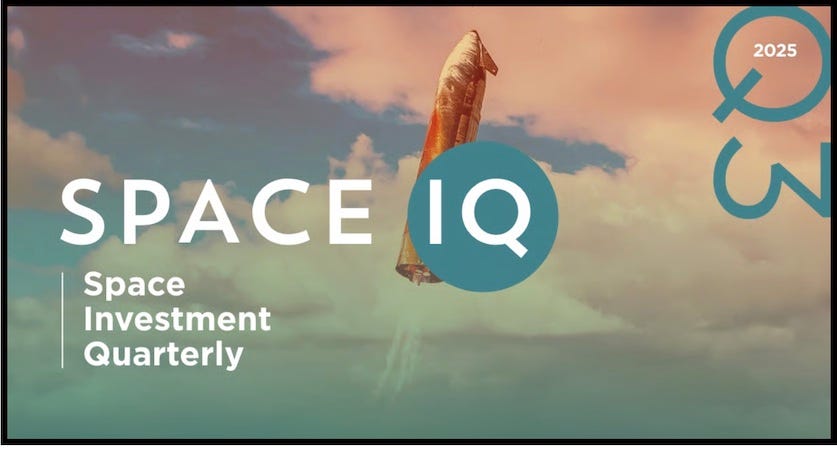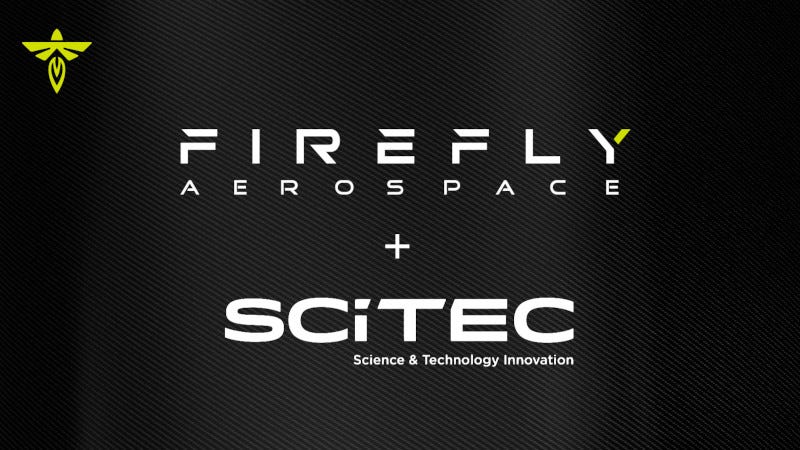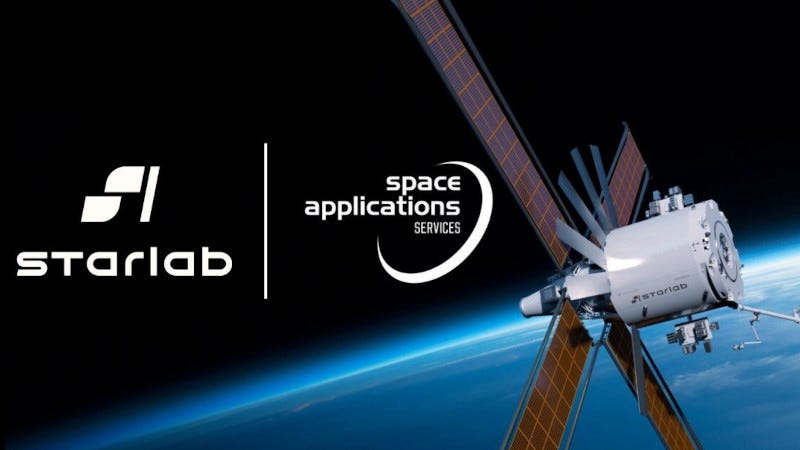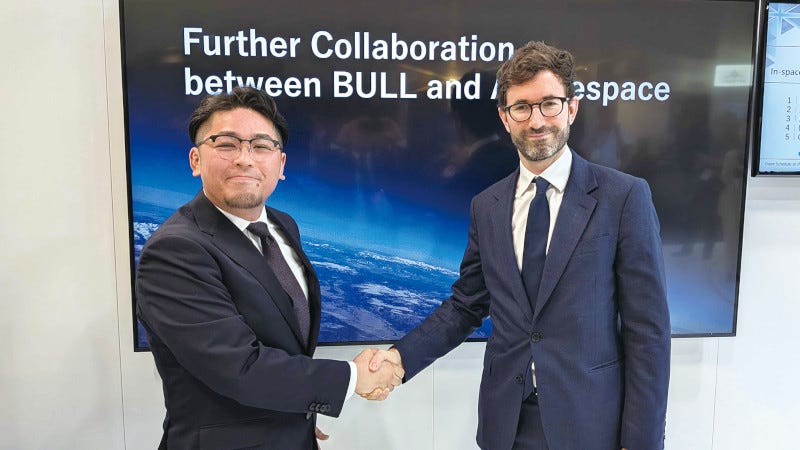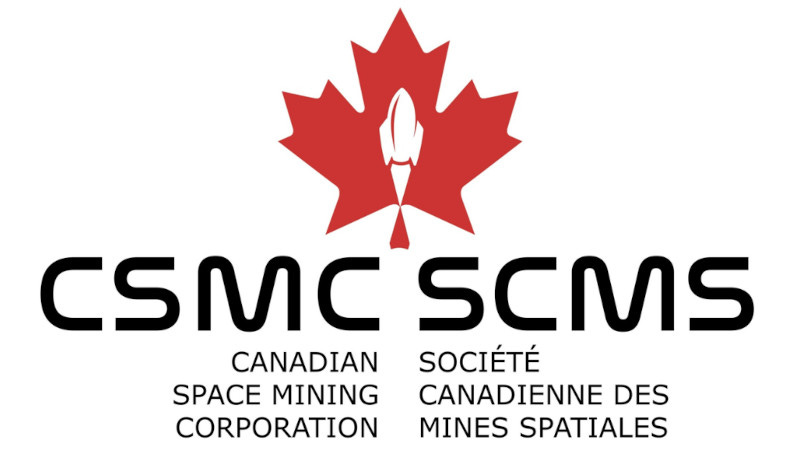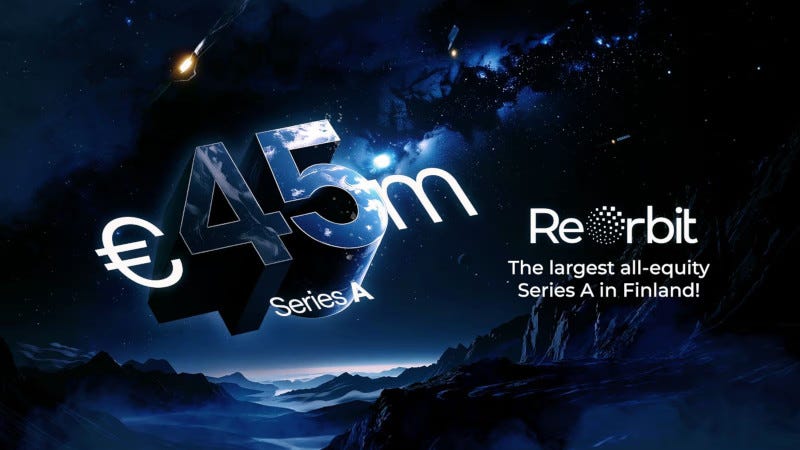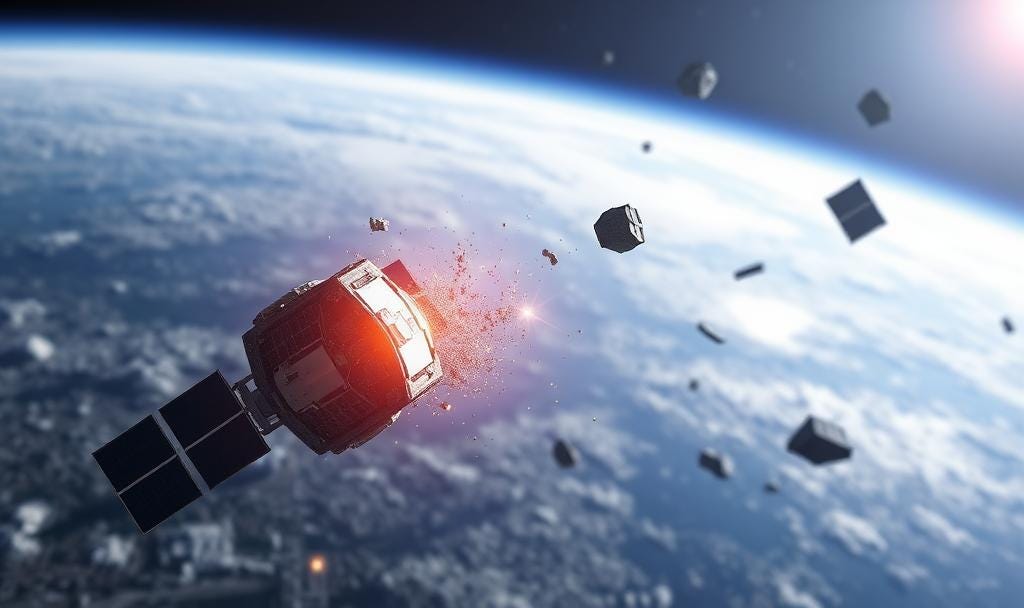The commercial space industry attracted $5.8 billion across 115 companies in the third quarter of 2025, putting the year on track to rank among the top three funding years on record, according to Space Capital’s latest quarterly report.
The report noted that NASA faces budget constraints, with the administration proposing cuts while Congress works to maintain funding near $25 billion. That is pushing defense spending to emerge as the primary investment driver, with the Space Force potentially receiving $40 billion in fiscal year 2026, representing 40% year-over-year growth.
In a video released by Space Capital, founder and CEO Chad Anderson said companies seeking investments are putting a lot of emphasis on the Golden Dome program.
“Q3 saw 5.8 billion invested across 115 space companies. 2025 is already ahead of 2024 and is on track to be one of the top three years of investment funding in the space economy ever. So quite a rebound over the last few years. And VCs driving a lot of that investment, 86% of rounds were driven by VCs. and into infrastructure,” Anderson said. “So $4.4 billion of that went to infrastructure. It’s up 12% quarter over quarter. Satellite manufacturing and defense capabilities really being the recipient of a lot of those dollars, right? And again, golden dome being a key piece of this. The pitch decks that we see with the public companies when they’re talking about their earnings, everyone is talking about dual use and talking about golden dome and how they fit into this program, even though we have no idea how big it is.”
Investment in geospatial intelligence applications surged from $1 billion in 2020 to a record $21.6 billion as of the third quarter of 2025. Google launched AlphaEarth Foundations during the quarter, creating a planetary-scale AI model from satellite and aerial data. Space Capital partner Justus Kilian said there are several companies that are poised to take advantage of the shift.
“This paradigm of diseconomies of scale to economies of scale is likely going to underpin significant growth and significant opportunity for applications to be built. And so I think that’s powering some of it. I think The other opportunity is like as AI moves into the physical world, you’re going to need to have intelligence on how you navigate and understand what’s around you,” Killian said. “So autonomous robotic systems, whether it be humanoid robots or aerial vehicles or underwater submersibles, they’re all going to need to understand those two sort of foundational capabilities. And so we’ve included a number of companies that sort of fit into that model, which includes World Labs, Physical Intelligence, Figure AI, and then also like Legend and Globe Holder and Zephyr, they’re a little bit more on sort of the geo side. So those are companies to be watching and you’ll see some of those numbers show up in the report and account for some of the big growth that we’re seeing. “
The report also pointed out that SpaceX maintained its position as the world’s most valuable private company at a $400 billion valuation despite political uncertainty, and in the infrastructure sector, satellite manufacturing showed sustained momentum. The report tracked cumulative private market equity investment of $393 billion across 2,286 unique companies since 2009.
-0-
In an example of the increased interest in defense companies. a definitive agreement has been reached for the acquisition of national security technology company SciTec, Inc. by Firefly Aerospace for approximately $855 million. The package includes a combination of $300 million in cash and $555 million in Firefly shares issued to SciTec owners at a price of $50 per share.
Firefly says acquisition will advance its comprehensive space services by adding mission-proven defense software analytics, remote sensing, and multi-phenomenology data expertise. SciTec’s core capabilities – which include missile warning, tracking and defense, intelligence, surveillance and reconnaissance, space domain awareness, and autonomous command and control – will supplement Firefly’s launch, lunar, and in-space services. SciTec further adds ground and onboard data processing as well as AI-enabled systems designed for low latency operations to support advanced threat tracking and response across multiple domains.
The acquisition is expected to close by year end 2025, subject to regulatory approvals and customary conditions.
-0-
Starlab Space recently announced that Belgium-based space engineering and payload integration firm Space Applications Services has joined the company as a joint venture partner and investor. The partnership expands Starlab’s global footprint and extends the capabilities available to Starlab customers.
SpaceApps contributes deep experience in space systems, mission operations and payload integration with capabilities that include avionics, payload development, the end-to-end International Commercial Experiment Cubes (ICECubes) service, as well as mission integration and operations control software. The company also works closely with the European Space Agency and international partners, broadening Starlab’s access to global markets and research communities.
The partnership will also include collaboration on SpaceApps’s Space Innovation Laboratories currently under development across Europe. These ground-based facilities will provide expanded microgravity research access for universities and industry partners, helping to build the research community and scientific payload pipeline for Starlab’s orbital laboratory.
Under the auspices of a Memorandum of Understanding signed in 2024, Arianespace and BULL are set to collaborate on a flight demonstration of the HORN Post Mission Disposal device on the Ariane 6 Dual Launch System. Available launch slots are being identified, starting in 2027.
The HORN PMD is a very large deployable sail, developed by Japan-based BULL, which accelerates the re-entry maneuver after the mission ends.
Arianespace signed the ESA Net Zero Space Agreement in 2021 and follows the French law on Space operations (FSOA). Collaboration with BULL will enable Ariane 6 to further contribute to meet the target of sustainability, preventing the creation of space debris.
-0-
The Canadian Space Agency has made a $1 million CAD contribution to Canadian Space Mining Corporation to advance development of a first-of-its-kind nuclear reactor designed to power a permanent presence on the Moon.
The funding, delivered through CSA’s Space Technology Development Program (STDP), will support the next phase of CSMC’s Low Enriched Uranium Nuclear Reactor (LEUNR). LEUNR is a compact and resilient power system built to operate in the most extreme environments. Designed for both lunar and terrestrial use, it could provide continuous energy for Moon bases, science missions, and resource extraction, and deliver reliable power to remote communities in Canada.
This award under CSA’s STDP 9.1 program will support critical work in reactor design, mission planning, prototyping, and safety analysis, laying the groundwork for future demonstration of a fully fueled reactor in Canada and eventual deployment in space. This builds off the work that CSMC is doing advancing LEUNR for its dual-use as an energy system that can power Canada’s northern and arctic defense.
-0-
European space technology company ReOrbit has closed a Series A funding round, which the company says at approximately $52.5 million is the largest all-equity Series A round in Finland. The round was led by Springvest, with participation from both new and existing investors, including Varma, Elo, Icebreaker.vc, Expansion VC, 10x Founders, and Inventure VC.
ReOrbit manufactures sovereign satellites and connected systems that provide nations with independent communications, intelligence capabilities, and full command of critical assets.
The company has closed numerous contracts, and is experiencing increasing demand from Asia, the Middle East, and Europe. This new funding will expand its manufacturing capacity, advance proprietary technologies, and grow its operations. Beyond manufacturing, ReOrbit says it provides knowledge transfer and expertise that allow nations to operate, maintain, and expand their infrastructure independently over the long term.
-0-
In Depth this week, The Space Triad Framework (Paywall). The orbital debris crisis has reached a critical inflection point, with over 18,000 cataloged objects in low Earth orbit and an estimated 500,000 to 700,000 lethal non-trackable fragments threatening satellite operations. While traditional approaches have treated space security, space safety, and space sustainability as independent domains, Dr. Darren McKnight, Senior Technical Fellow at LeoLabs, has developed a holistic framework that recognizes these elements as intimately interconnected.
The Space Triad Framework rests on three foundational pillars that collectively determine the viability of future space operations; Space security, space safety and space sustainability.
The framework’s power lies in mapping how actions in one domain cascade across others. The most stark example involves deliberate satellite fragmentations for security purposes. China’s 2007 anti-satellite test generated over 3,500 fragments at high altitude, with more than 2,500 still orbiting decades later, creating persistent collision hazards across low Earth orbit. Russia’s November 2021 test produced over 1,800 fragments, causing SpaceX Starlink satellites to experience more than 6,000 close approaches months after the event. In contrast, the 2008 United States engagement of a hazardous satellite at low altitude with optimized engagement geometry produced virtually no long-term debris impact, demonstrating how operational execution significantly affects sustainability outcomes.
Active debris removal and on-orbit servicing technologies present dual-use challenges at the security-sustainability intersection. The same capabilities required to capture and deorbit defunct satellites could theoretically damage operational spacecraft, creating security concerns even for missions with stated sustainability purposes.
The safety-sustainability nexus manifests most clearly in collision avoidance decisions. Risk reduction maneuvers prevent not only immediate mission damage but also debris-generating fragmentation events that compound long-term environmental hazards.
The report looks at the key players in the space debris arena as well as the commercial ecosystem.
McKnight’s framework translates into three actionable strategies that shift orbital debris response from “study, wait, and hope” to “monitor, characterize, and act”. The framework positions near-term priorities around shifting from environmental stability metrics to spaceflight safety indicators. Erosion of spaceflight safety through payload operations degradation and reduced operational lifetimes from debris impacts will occur well before runaway cascading effects manifest visibly. This reality demands more proactive debris remediation than currently envisioned, with typical proposals calling for five derelict removals annually starting at some indeterminate future time proving insufficient.
Paid subscribers can read the full article under the “In Depth” tab on The Journal of Space Commerce.
-0-




